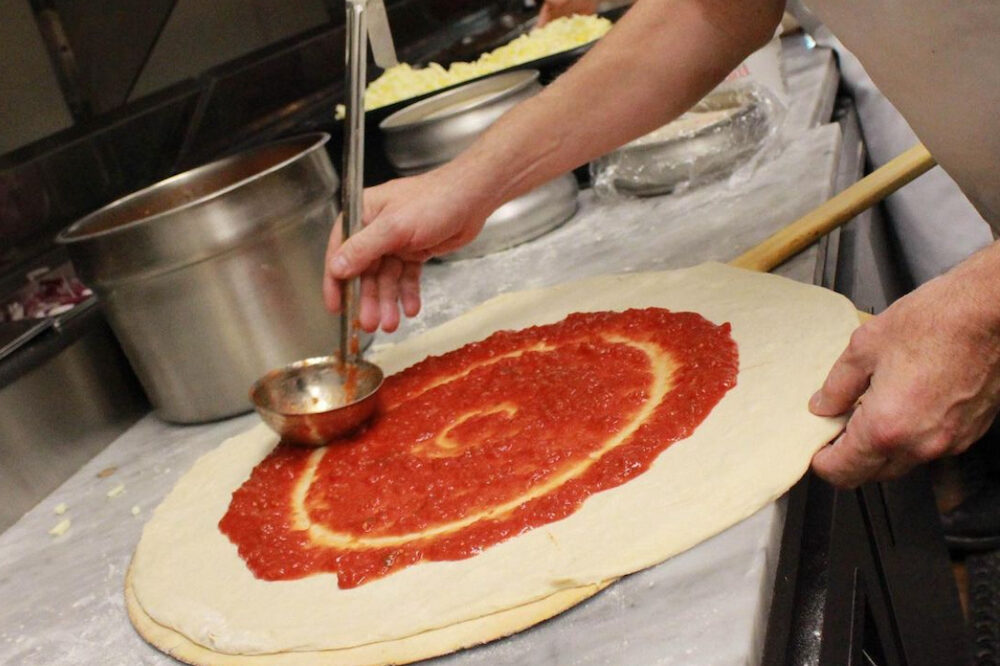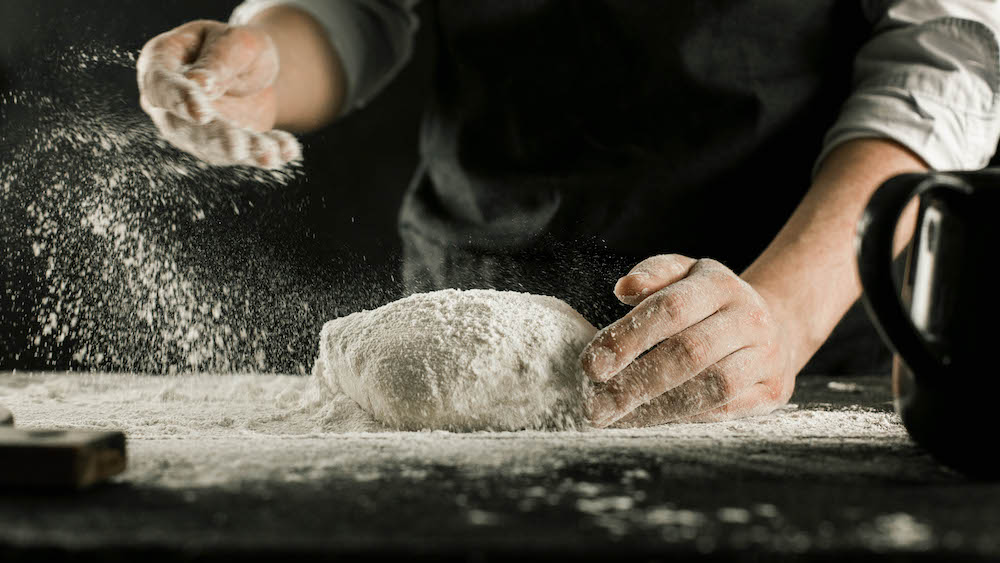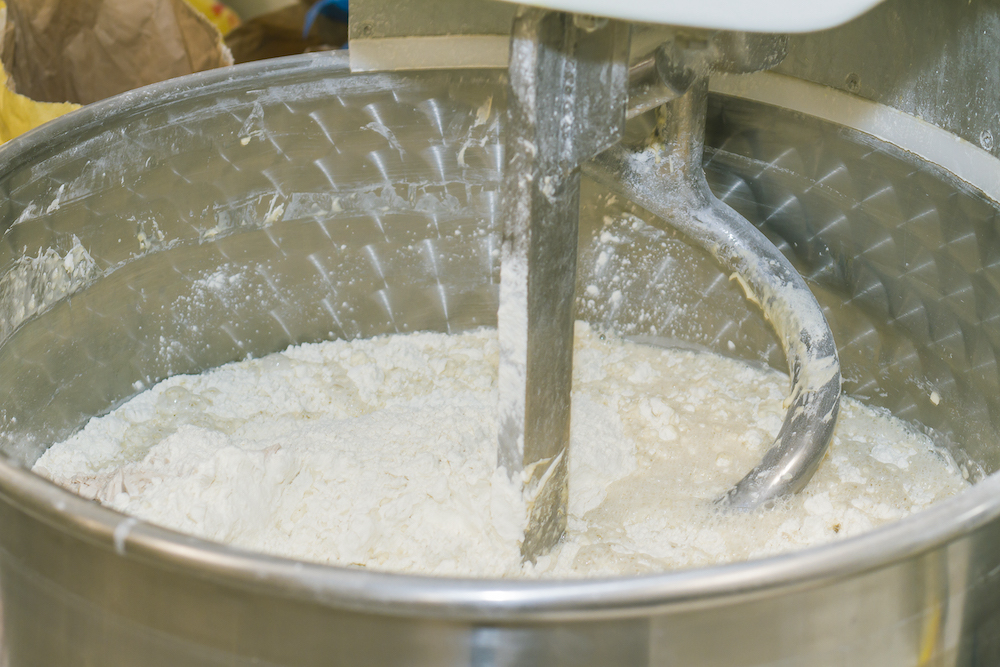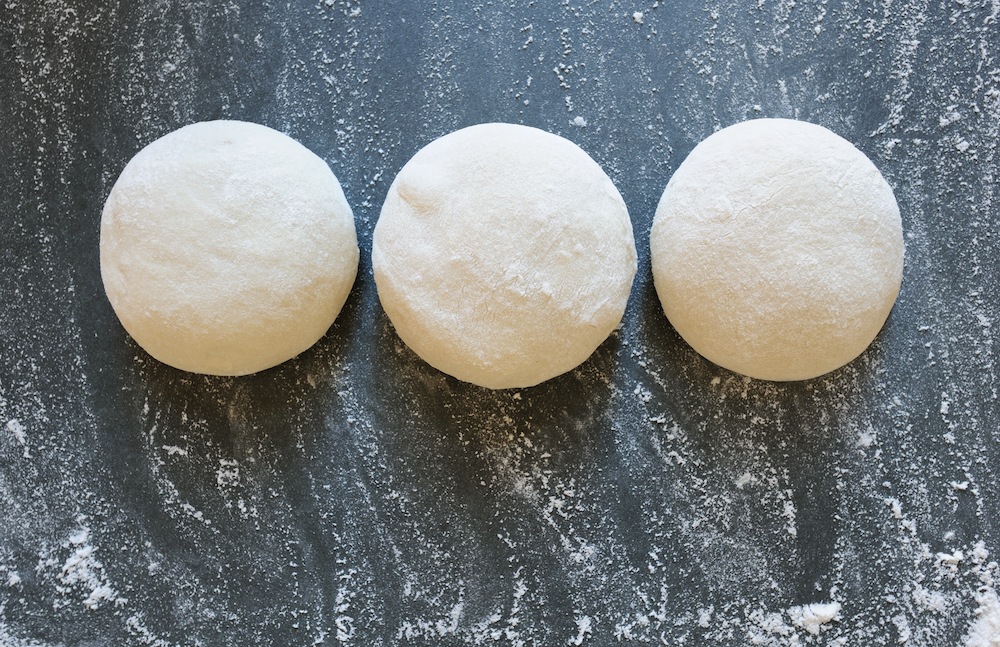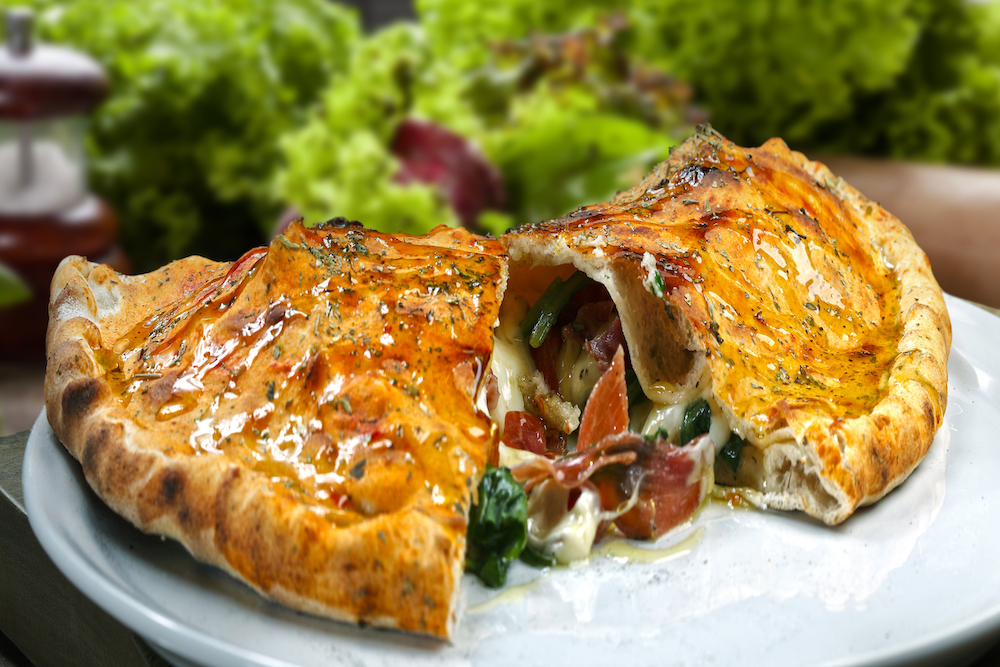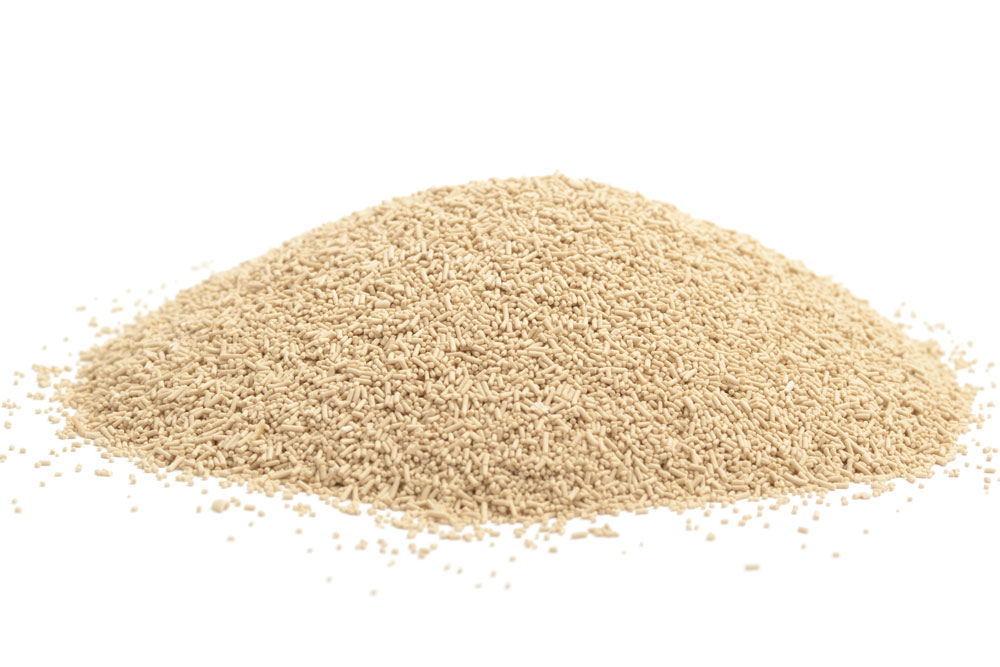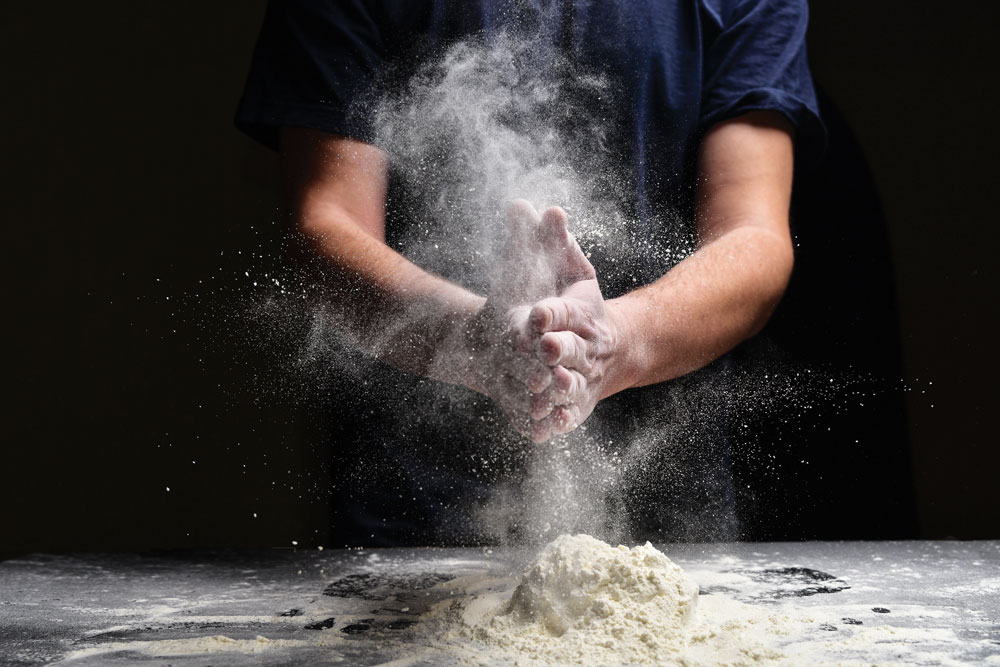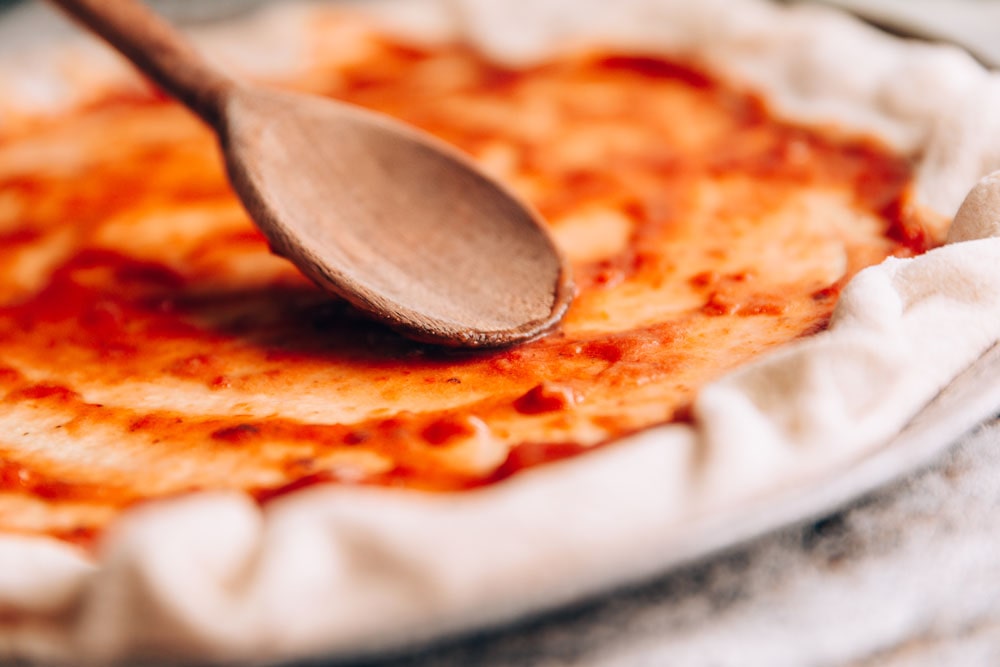If you’re looking to add healthier pizzas to your menu, whole-wheat crusts may be the answer. One slice of whole-wheat pizza dough offers four grams of fiber, or 10% of the recommended daily intake of fiber for men and 15% for women. Whole wheat is also a good source of iron and magnesium and provides all of the B vitamins except B-12.
Whole-wheat flour can be used to replace some or all of the regular flour in your dough formulation. If 100% of the white flour is replaced with whole-wheat flour, the resulting crust can be called “whole wheat.” If you’re not crazy about the texture or flavor at 100% replacement, try substituting 25% (or higher) of the white flour in the formula. Just remember, this is not actually a whole-wheat crust. It should be called “wheat crust” or “made with whole-wheat flour,” since only a portion of the dough is made with whole-wheat flour.
As AK Crust has pointed out, whole-grain crusts are “wonderful in school and institutional settings where nutritional requirements dictate the dough recipe.”
Baking scientist and former PMQ contributor Jeff Zeak has noted that pizzaioli can choose between red and white whole-wheat flour varieties. “Whole-wheat” flour is usually milled from the red wheat variety. “The big difference between red and white whole-wheat flour is the flavor that it adds to the crust,” Zeak notes. “A whole-wheat flour milled from a red wheat variety used at 100% in the formulation will add a bitter, “off” flavor to the crust, due to the tannin in the whole-wheat flour (similar to tannin found in wine, coffee and tea). A crust made with whole-wheat white flour has a more pleasant flavor with less bitterness due to the lower tannin content.”
Tom “The Dough Doctor” Lehmann says whole-wheat crust “is not for everyone. Many people ask for it, few become regular repeat purchases.” Below, Lehmann provides this recipe for a whole-wheat pizza crust:
Ingredients:
Whole-wheat flour, 100%
Salt 1.75%
Honey or sugar 5.0%
Vegetable oil or butter 5.0%
Compressed yeast 1.75%
Water (around 75 degrees Farenheit) 65.00%
Directions:
Add the water to the mixing bowl, then add the yeast and dry ingredients. Mix at low speed just until a dough begins to form. Add the oil or butter and mix for an additional one minute at low speed.
Using a planetary mixer, finish mixing at medium speed for about 7 minutes. The ideal dough temperature should be 80-85 degrees Farenheit. The finished dough should feel slightly tacky. If it feels dry, add more water to the dough.
Immediately after mixing, divide the dough into desired weight pieces and form into balls. Wipe lightly with salad oil and place into dough boxes. Cross-stack the dough boxes in the cooler for about 2 hours, then cover or nest the boxes to prevent drying. Dough will be ready to use on the following day and can be held in the cooler for up to three days.
To use this dough, remove it from the cooler two hours before anticipated use, keeping it covered. Form into pizza skins in your usual manner. This dough can be used for both thick- and thin-crust pizza varieties.
You will need to experiment with the amount of water used to make this dough as there is some variability in the absorption characteristics of the different types of whole wheat flour. You will also want to adjust the absorption to obtain the correct handling properties for your particular forming method.




